In this tutorial, I will explain to you how you can use the Application tab in the Chrome Developer Tools to inspect the resources of a web app. The focus is particularly on various storage options such as Local Storage, Session Storage, and IndexedDB. It also covers data management, storage by Service Worker, and handling of Cookies. By optimizing the storage management, you can ensure that your web app operates more efficiently.
Main Insights
- The Application Tab is a central tool for analyzing and optimizing your web app.
- You can inspect the manifest file, Service Worker, storage options, and cookies directly in the browser.
- Deleting and resetting these storage options can help in troubleshooting and performance optimization.
Step-by-Step Guide
Accessing the Application Tab
To open the Application Tab, go to your site and press the F12 key or right-click and choose "Inspect." In the Developer Tools, you will find the "Application" tab, which provides an overview of the different resources used by your web app.
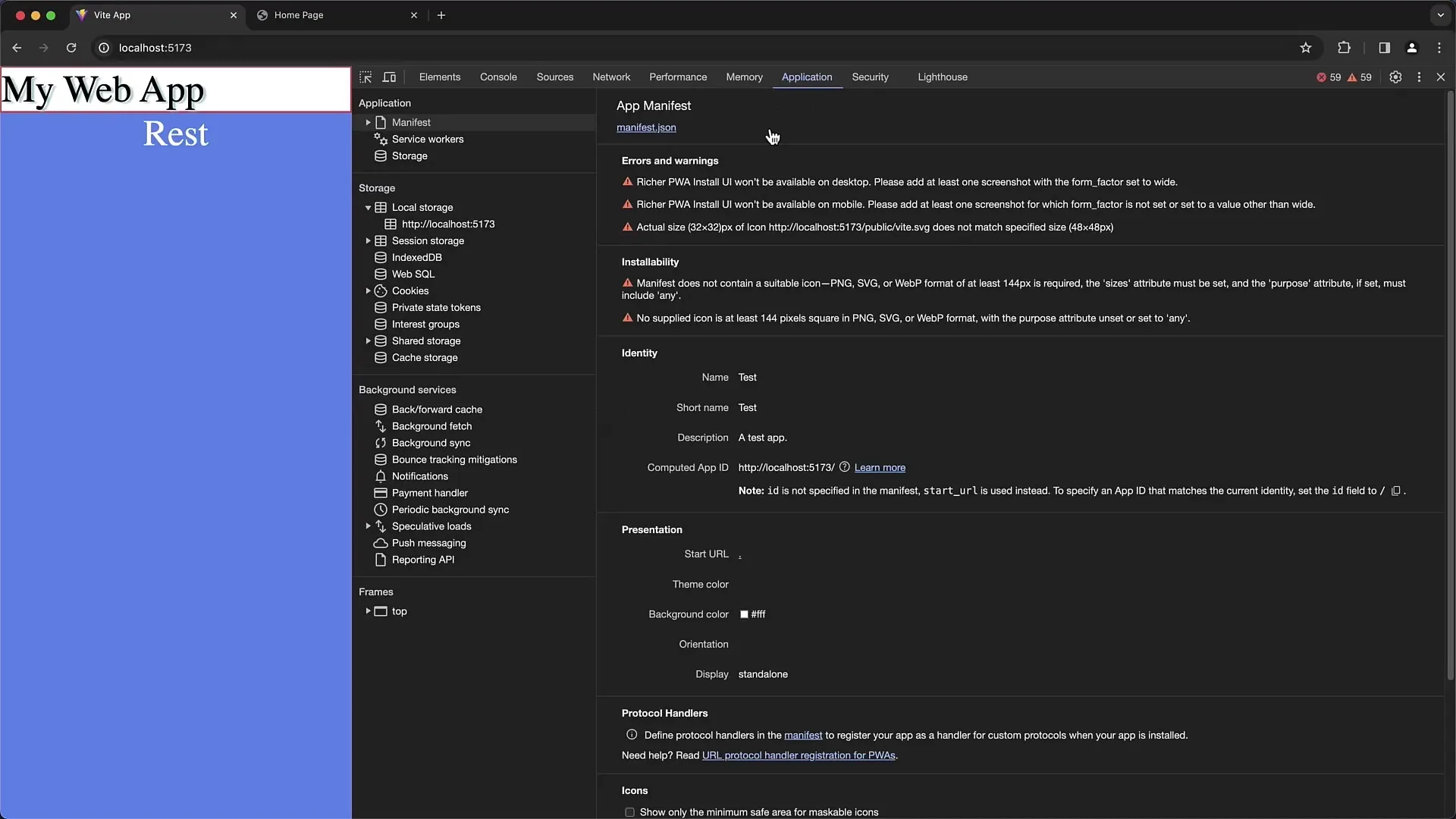
Inspecting the Manifest
In the Application Tab, make sure you access the "Manifest" section. Here, you can see the manifest file of your web app and verify the specified error-free information such as icons, names, and descriptions. This is particularly important when developing Progressive Web Apps (PWAs).
Using Service Worker
The next step is to inspect the Service Worker. These are crucial for the offline operation of your web app. Click on the "Service Workers" section to see the registered Service Workers and test their functionalities, such as push notifications or synchronization.
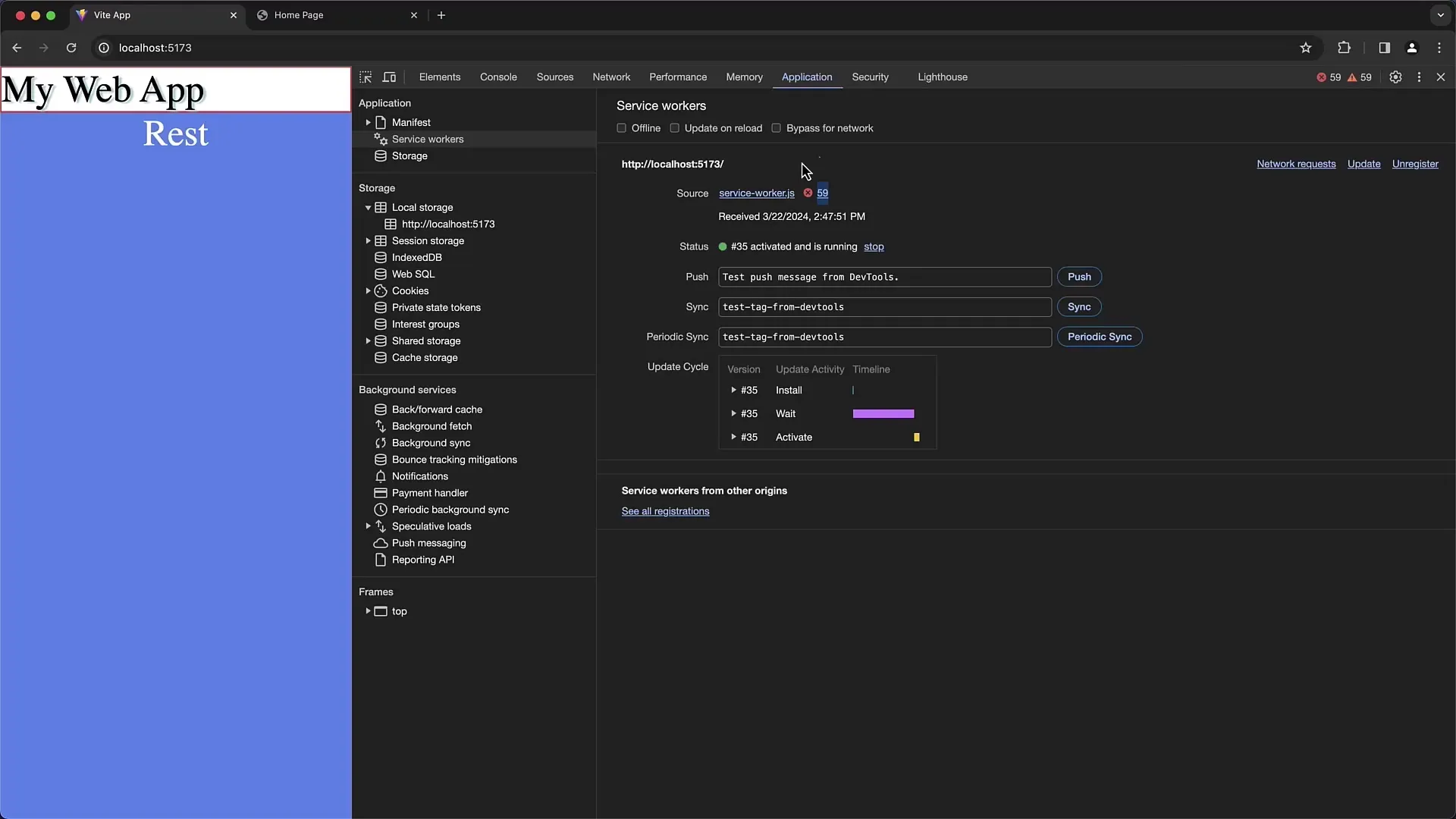
Testing Offline Functionality
An important point is testing offline functionality. You can activate offline mode and reload the page to see how it behaves. A well-designed web app should also function in this state and provide appropriate indications when offline.
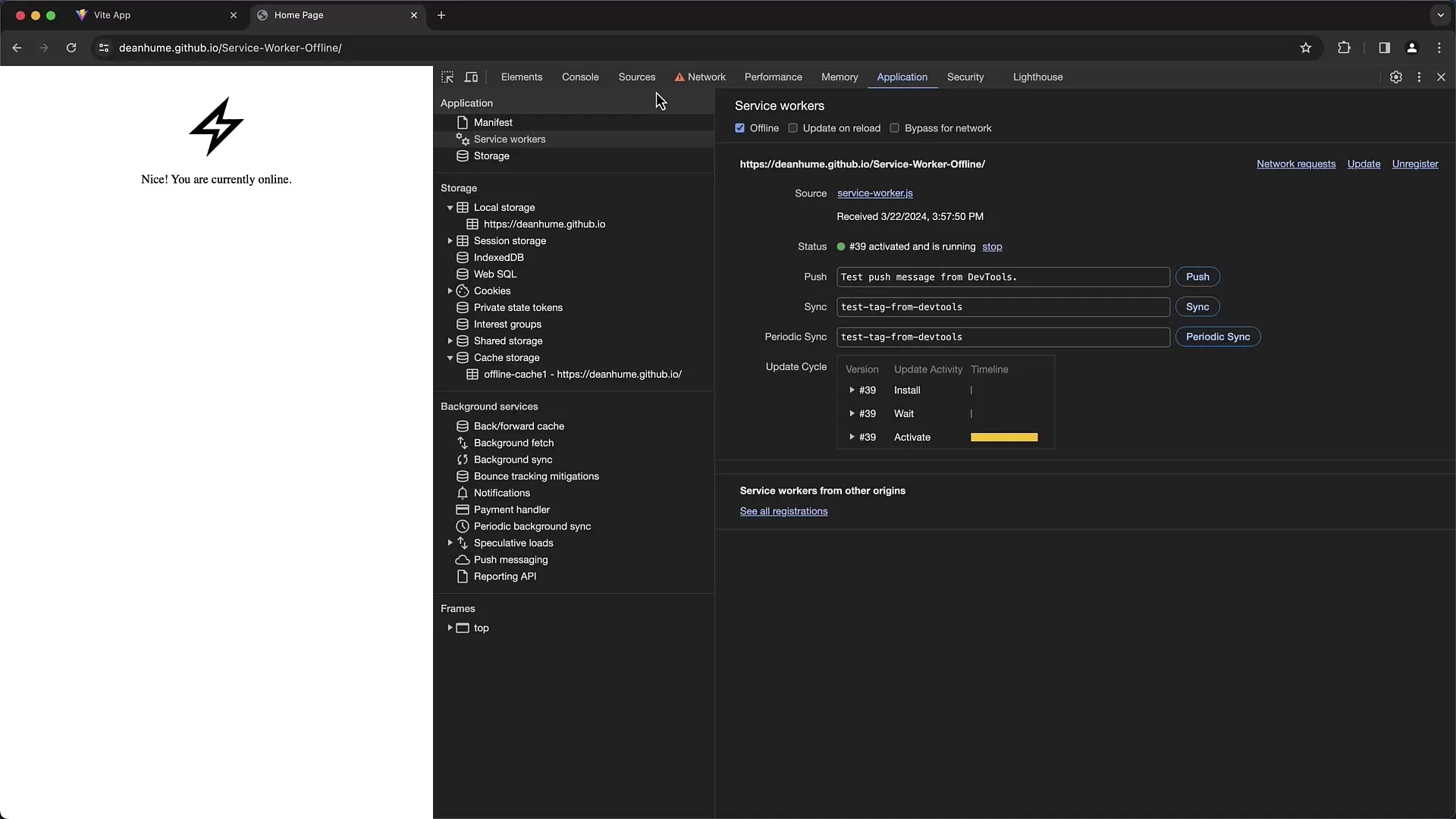
Storage Analysis
Now switch to the "Storage" section. Here, you will get an overview of cache storage, local storage, session storage, and IndexedDB. These storage options play a crucial role in storing data between different visits or sessions.
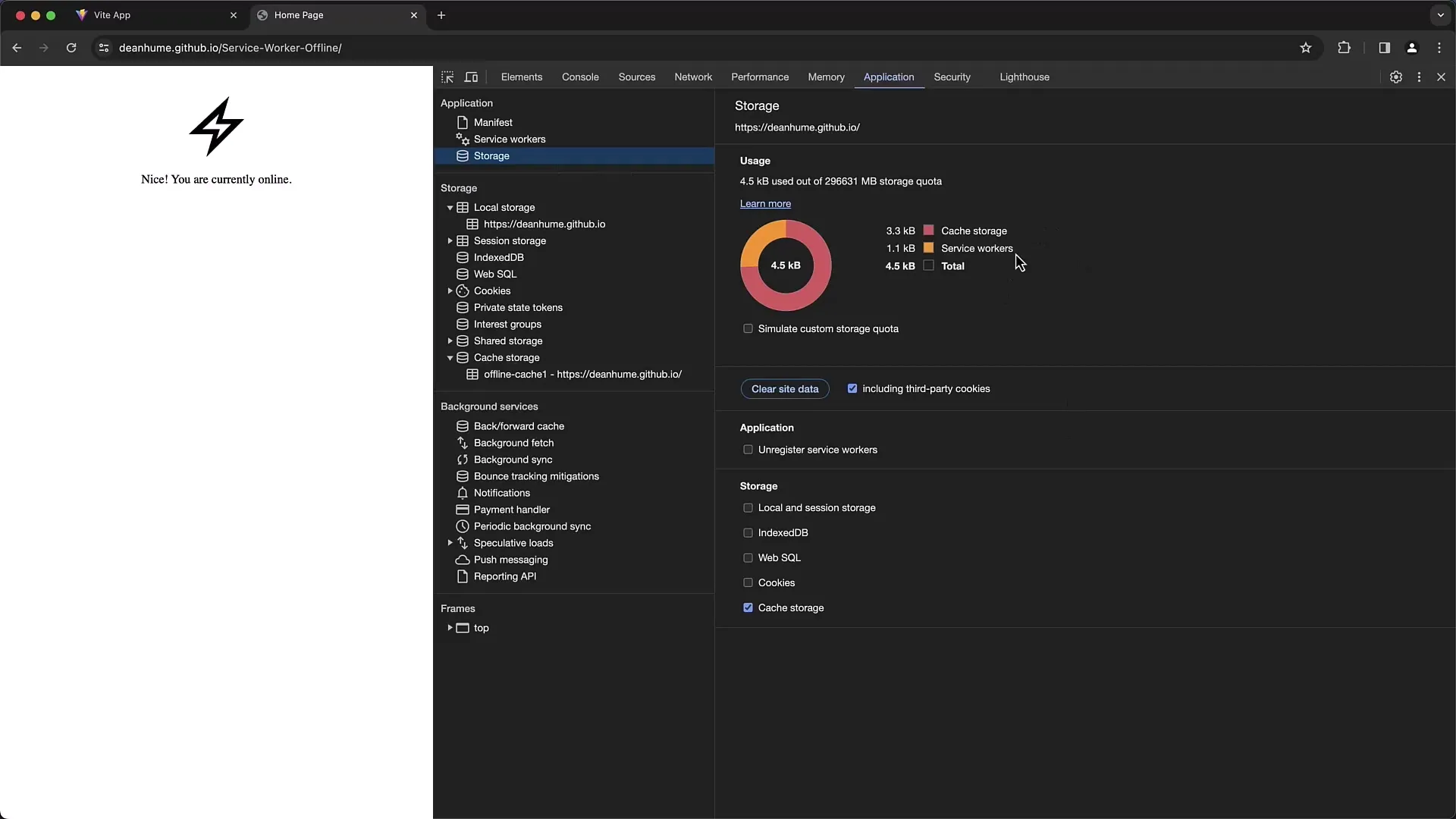
Deleting Stored Data
You can delete all stored data by checking the corresponding boxes and then selecting "Clear Site Data." This can be useful in troubleshooting issues caused by outdated or faulty data.
Working with Local Storage
Now go to Local Storage and set some values. You can use localStorage.setItem('key', 'value'); in the console to create a new entry and then refresh the Local Storage area to see the changes.
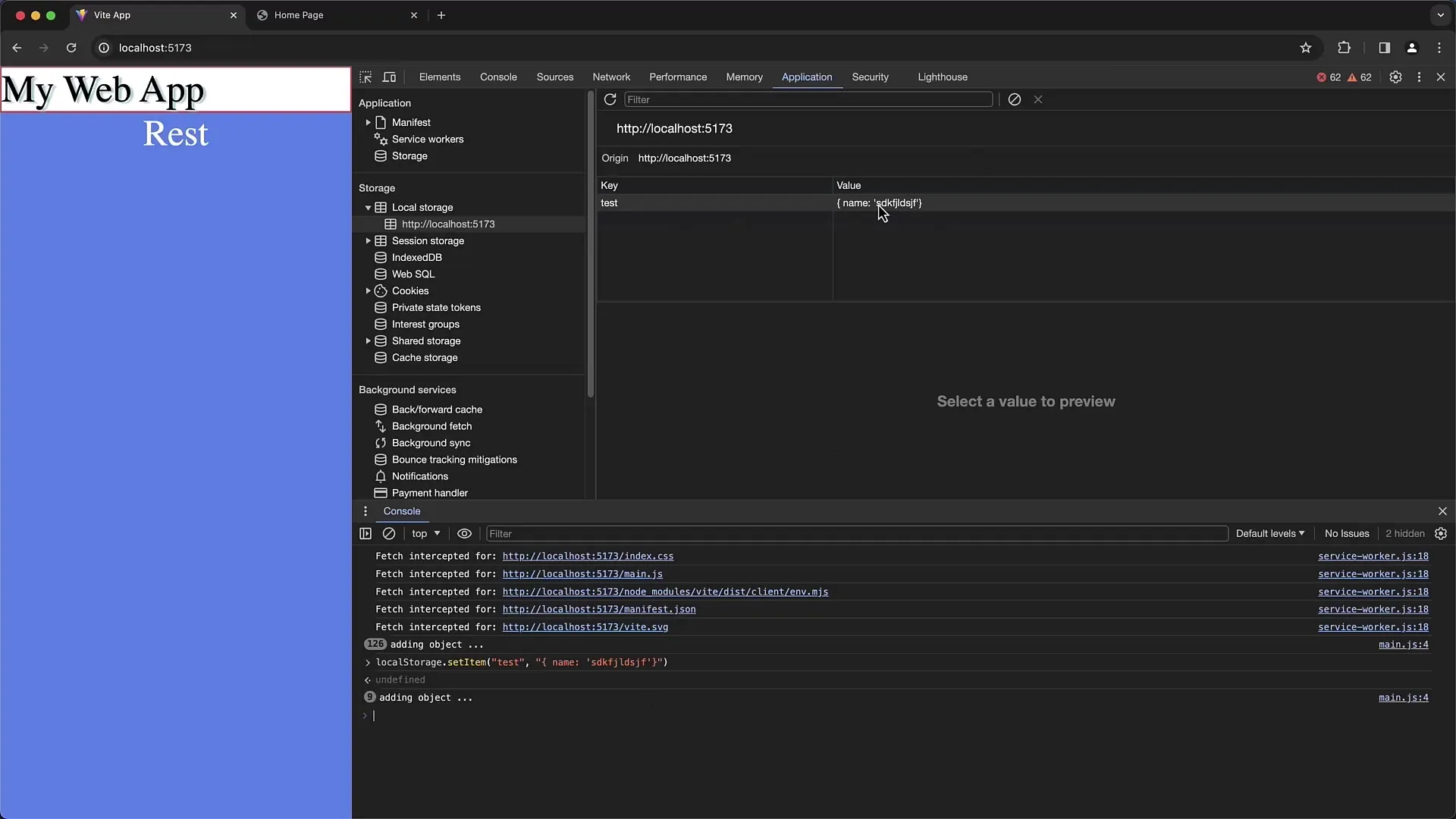
Modifying Values in Local Storage
In this section, you can also directly modify values. Double click on a value to edit it. Note that text in JSON format can be entered, allowing you to store more complex data.
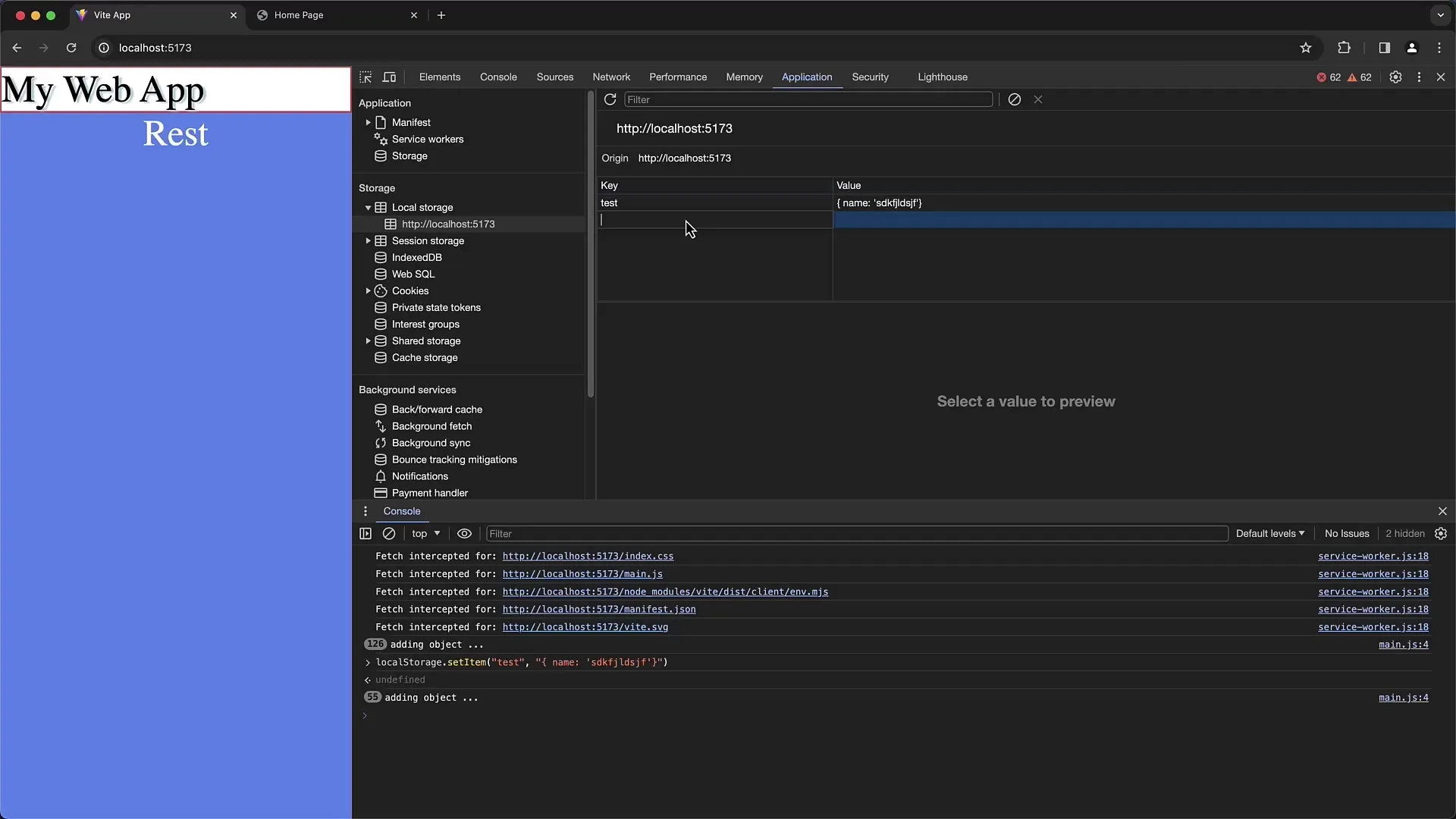
Using Session Storage
Session Storage is similar to Local Storage but is specific to the individual and is cleared once the tab or browser is closed. You can test this by adding some values and checking them during your session.
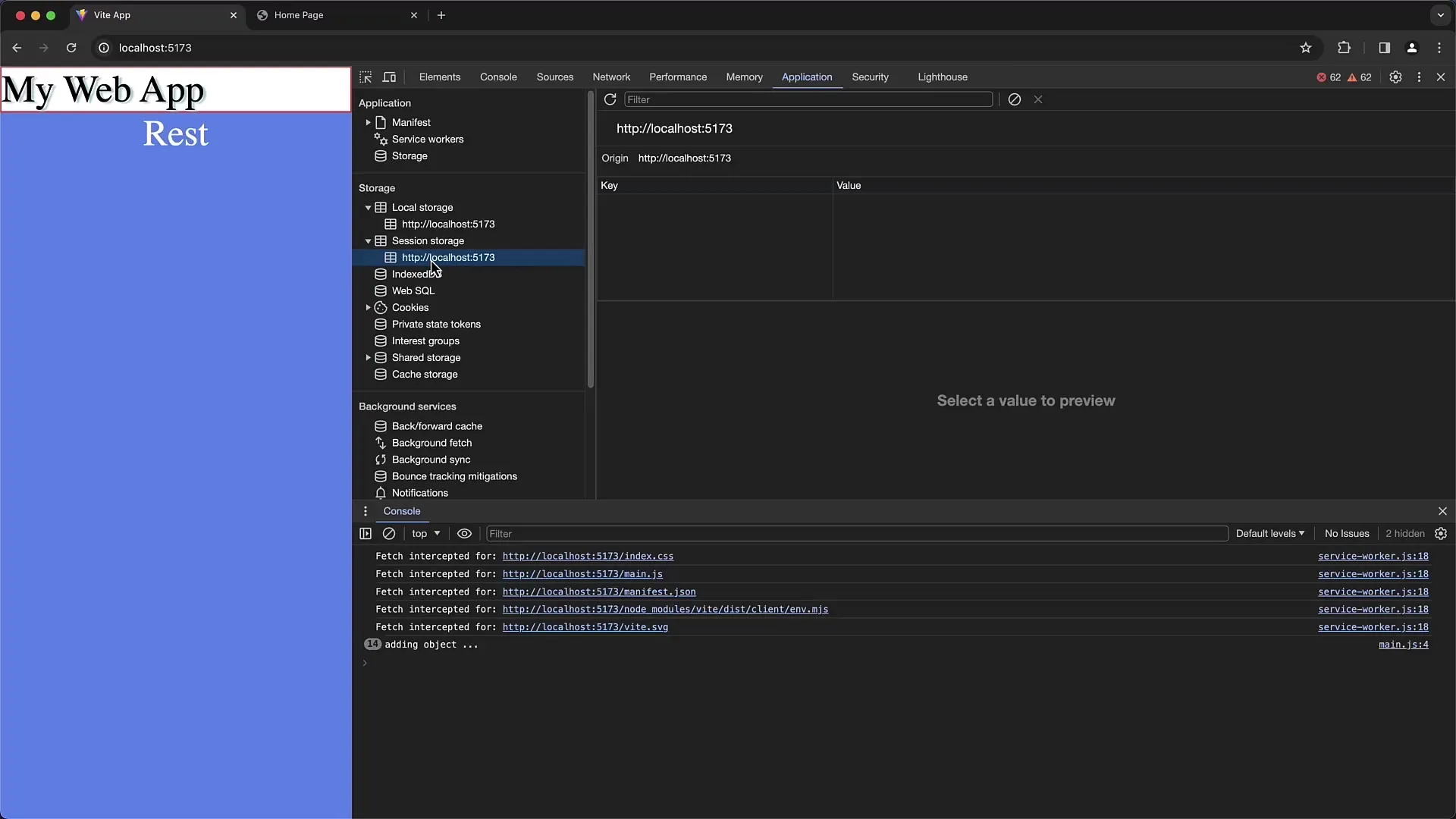
Cookie Investigation
Click on the domain of your web app in the "Cookies" section to see the cookies that have been set. You can check the values of these cookies, modify them, or even delete them. This is especially important if you are experiencing issues with user sessions or authentication.
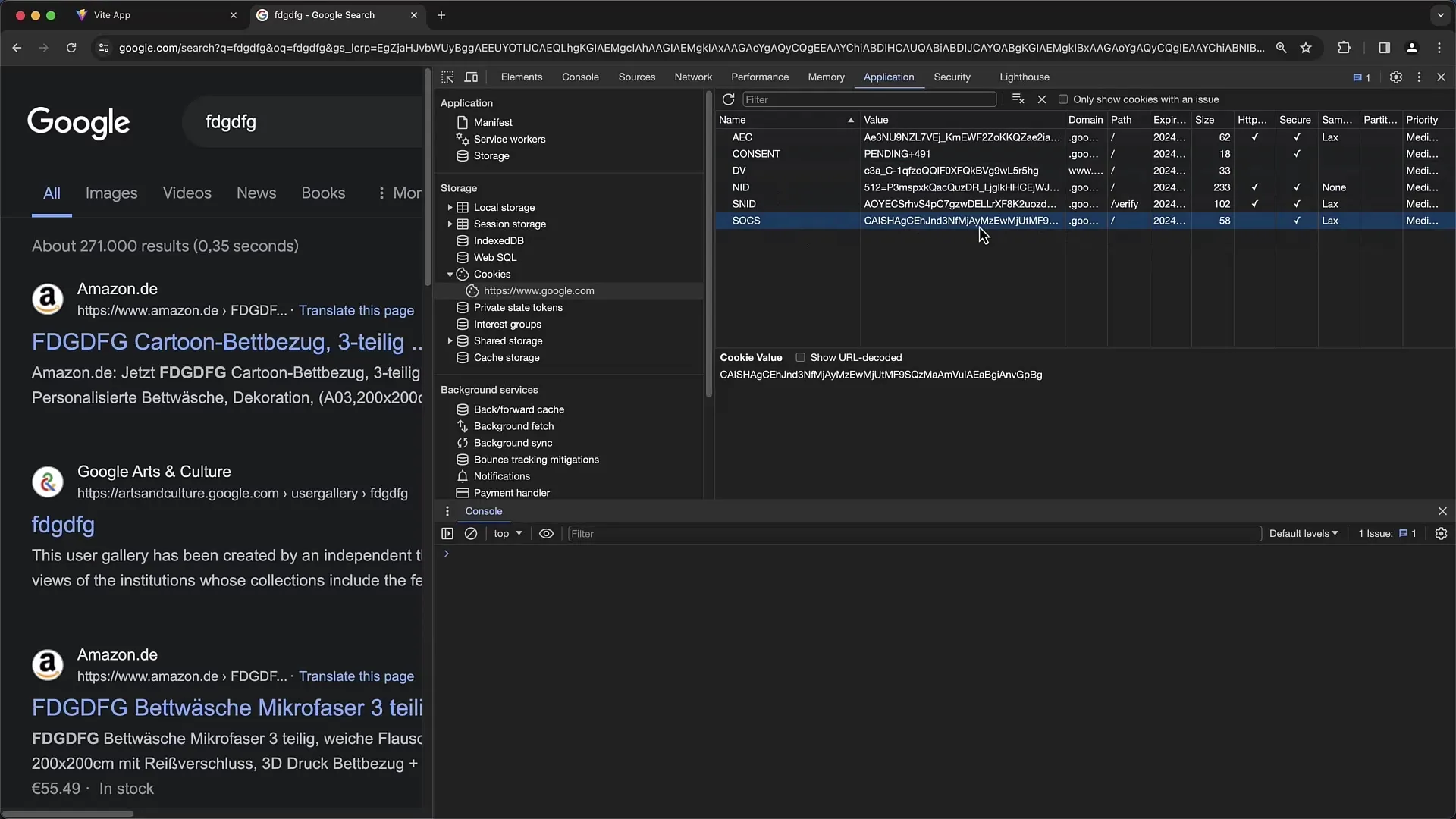
Cache Storage Overview
The Cache Storage provides insight into all cached files used by your application. This helps you understand which files are available offline or which ones may need to be updated.
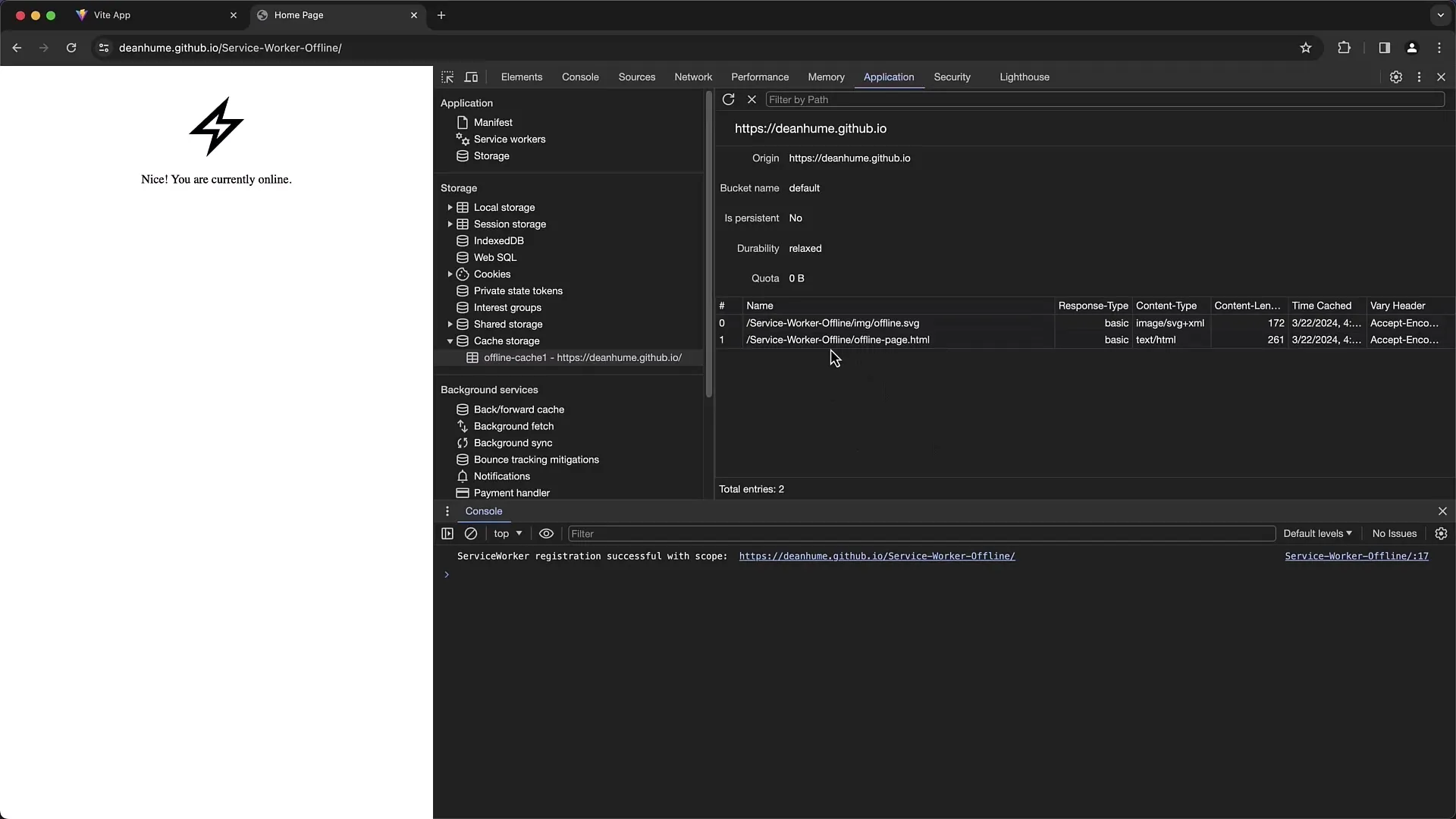
Usage of Background Services
If your web app uses features such as notifications or background synchronization, you will find them under "Background Services." This is particularly important for the development of PWAs, as they utilize these features to enhance user experience.
Analysis of Frames and iFrames
If you use iFrames or framesets in your web app, you can review the loaded resources under the "Frames" section. Here you can see which files are loaded by iFrames and if there are any issues.
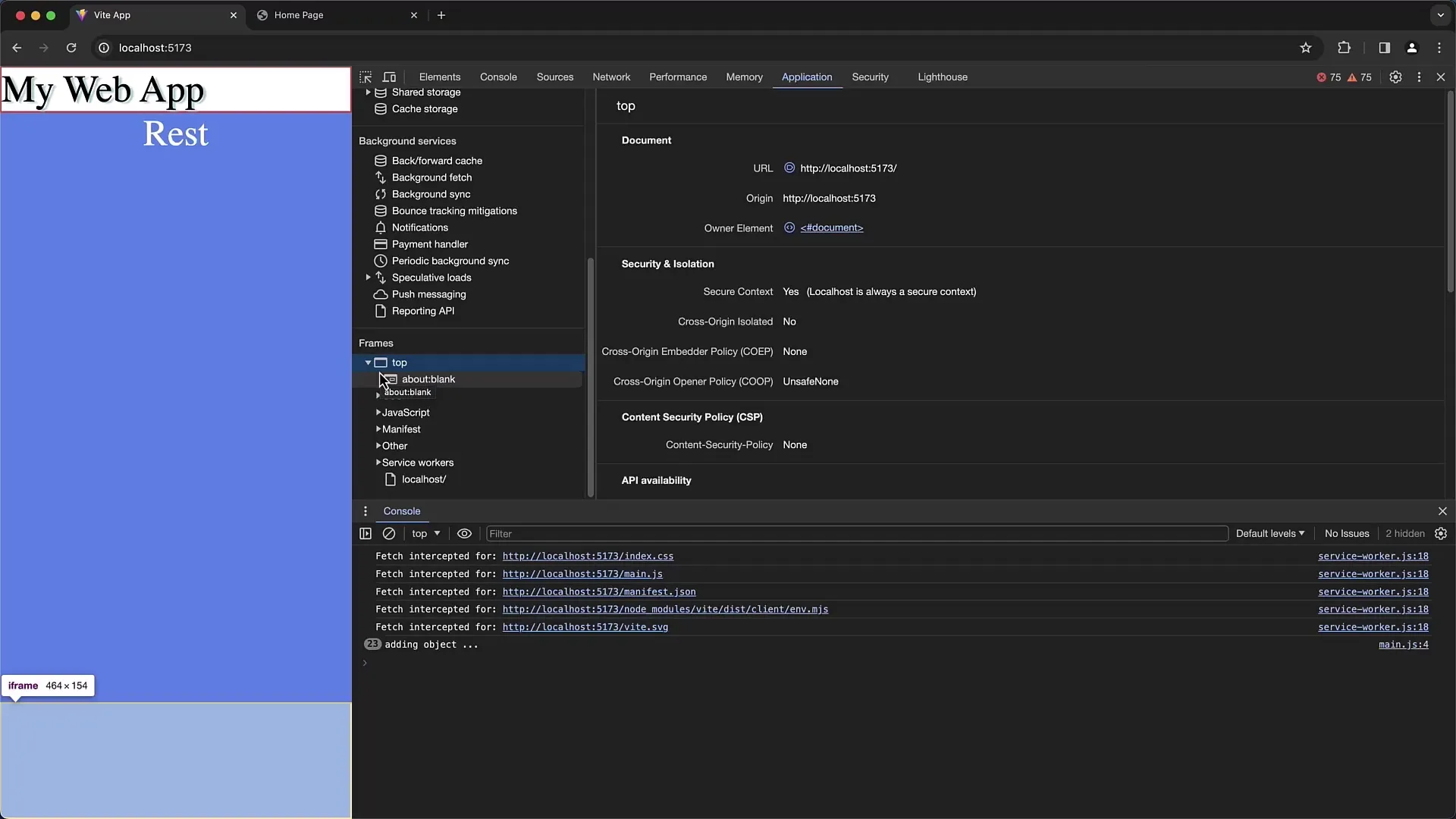
Summary
In this guide, you have learned how to utilize the various features of the Application Tabs in Chrome Developer Tools. You have gained an overview of the manifest, the use of service workers, the different storage options, and the management of cookies. By regularly analyzing and optimizing these resources, you can significantly improve the performance of your web app.
Frequently Asked Questions
How can I access the Application Tab?Press F12 or right-click on a page and select "Inspect."
What is the difference between Local Storage and Session Storage?Local Storage stores data permanently, while Session Storage is only valid for the duration of the browser session.
How do I delete cookies via the Application Tab?Go to the "Cookies" section, select the domain, and then you can view and delete the cookies.
How can I test the offline functionality of my web app?Enable Offline Mode in the Network panel and reload the page to test its offline functionality.
What is a Service Worker?A Service Worker is a script installed by the browser in the background that controls network requests to enable offline functionality and caching.


